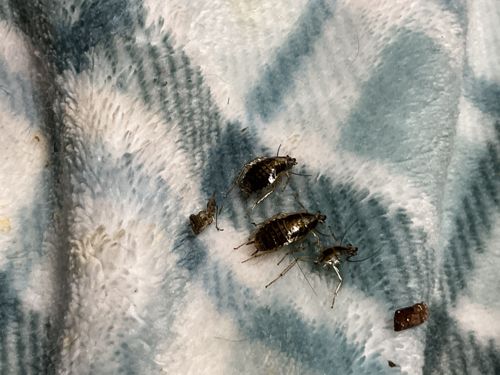Aphid
Scientific Name: Aphidoidea (Superfamily)
Order & Family: Hemiptera, Aphididae
Size: Typically 1-10 mm (0.04-0.4 inches) in length, though most are on the smaller end of this range.

Natural Habitat
Found on various plants, including agricultural crops, garden plants, and weeds. They often congregate on new growth, undersides of leaves, and stems.
Diet & Feeding
Aphids are sap-sucking insects. They feed on plant sap by piercing the plant tissue with their stylets (mouthparts) and extracting nutrients. This removes essential sugars and nutrients from the plant.
Behavior Patterns
Aphids reproduce rapidly, often through parthenogenesis (asexual reproduction), allowing for quick population growth. They can be wingless or winged, with winged forms developing when colonies become overcrowded or when new host plants need to be found. They excrete a sugary substance called honeydew, which can lead to sooty mold growth. Some species form symbiotic relationships with ants, where ants protect aphids in exchange for honeydew.
Risks & Benefits
Risks: Aphids are considered agricultural pests. They can cause stunted plant growth, curled or distorted leaves, yellowing of foliage, and reduced yields. They also transmit plant viruses which can cause further damage. The honeydew they produce can attract other insects and promote the growth of black sooty mold. Benefits: In certain ecosystems, aphids serve as a food source for various beneficial insects like ladybugs, lacewings, and parasitic wasps, thus playing a role in the food chain.
Identified on: 9/15/2025